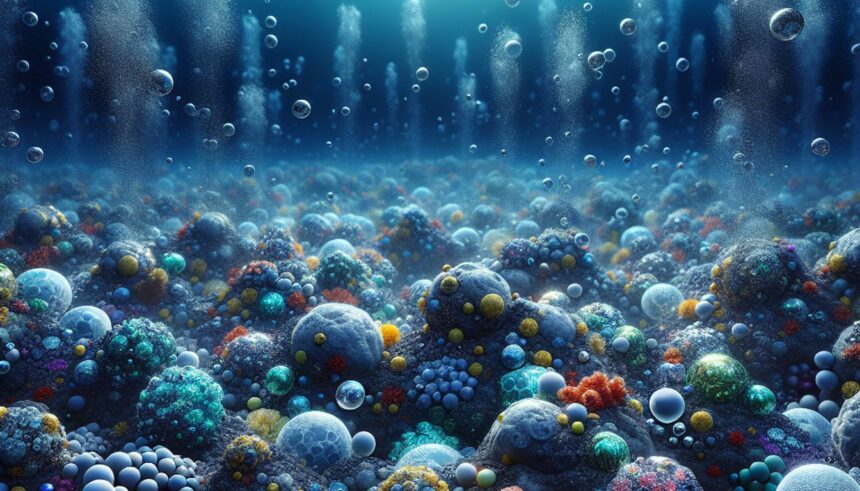The recent discovery of dark oxygen has sparked intense debate and scientific scrutiny, marking a pivotal moment in oceanic research. Found deep within the ocean floor, this newfound gas is theorized to emanate from polymetallic nodules through a process known as seawater electrolysis. Yet, despite the initial excitement, the discovery has faced significant scientific criticism.
Understanding Dark Oxygen and Its Origins
Commonly referred to as ‘dark oxygen,’ this gas has challenged our traditional understanding of oxygen sources and their behaviors. Dark oxygen’s potential formation through electrolysis—a chemical decomposition process induced by electric currents in seawater—ties directly to the presence of polymetallic nodules. These nodules, rich in metals such as manganese, nickel, cobalt, and iron, litter vast stretches of the seabed and are now considered more than just mineral resources.
Polymetallic Nodules: A Treasure Trove on the Ocean Floor
Polymetallic nodules have been long studied for their valuable mineral content, and their role in gas discovery piques further scientific and industrial interest. These formations are believed to catalyze the electrolytic reaction that may produce dark oxygen, positing significant implications for both environmental science and resource extraction technologies.
The Seawater Electrolysis Connection
At the junction of chemistry and marine science, the process of seawater electrolysis signifies a revolutionary, yet contentious, path to understanding underwater ecosystems. As electric currents pass through seawater, they break down water molecules, potentially giving rise to varied forms of gases, including what has now been termed as dark oxygen.
Scientific Criticism and the Path Forward
Despite its promising possibilities, the theory behind dark oxygen has not been universally accepted. Scientific criticism primarily revolves around the reproducibility of these findings and the accuracy of the underlying scientific processes involved. Critics argue that the current evidence is insufficient for conclusive claims, advocating for more rigorous, extensive research.
What This Means for Future Ocean Exploration
The exploration of dark oxygen opens new avenues for understanding the ocean floor—an area that remains largely mysterious and underexplored. The interplay between high-value mineral resources and unique underwater phenomena such as dark oxygen could drive forward not only scientific discovery but also technological advancements in mining and environmental conservation.
Connecting the Dots: Implications for Science and Industry
The implications of dark oxygen discovery are broad, impacting scientific research agendas and industrial activities in the deep sea. Enhanced understanding of underwater gas formations could lead to more sustainable practices and technologies that minimize environmental footprints while maximizing the extraction of underwater resources.
In conclusion, while the discovery of dark oxygen presents a thrilling narrative of scientific innovation and potential, it also underscores the necessity for cautious, evidence-based approaches to Science. The ongoing debates and investigations into the origins and impacts of this phenomenon not only highlight the dynamic nature of scientific exploration but also remind us of the vast unknowns that lie beneath our oceans’ waves.
Disclaimer: The information in this article is based on current research and is subject to change. Readers are advised to verify details and consult experts before drawing conclusions.







